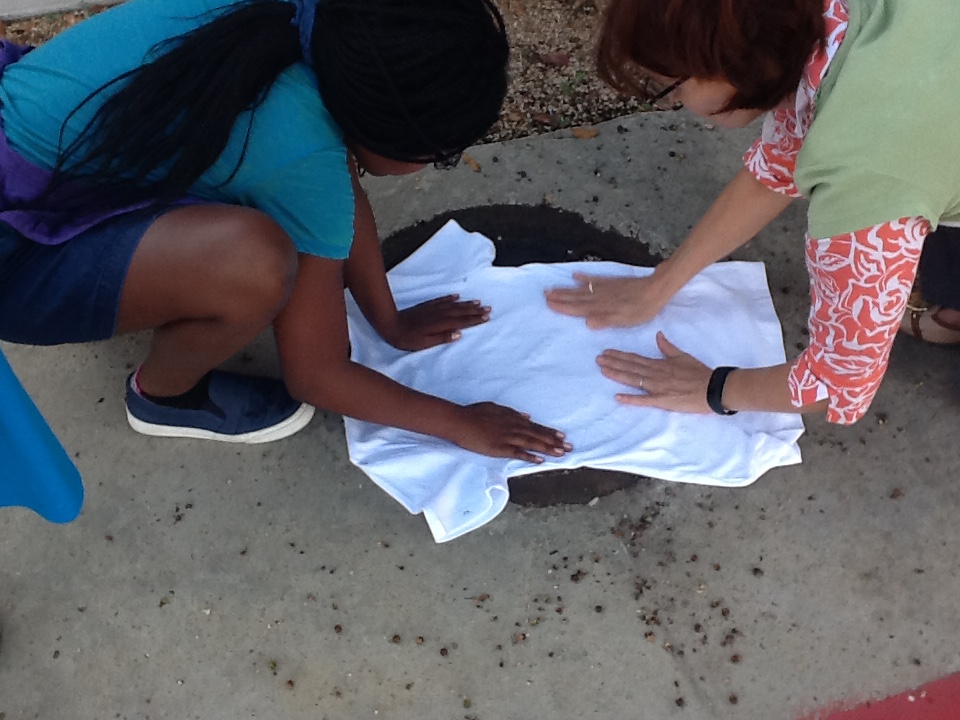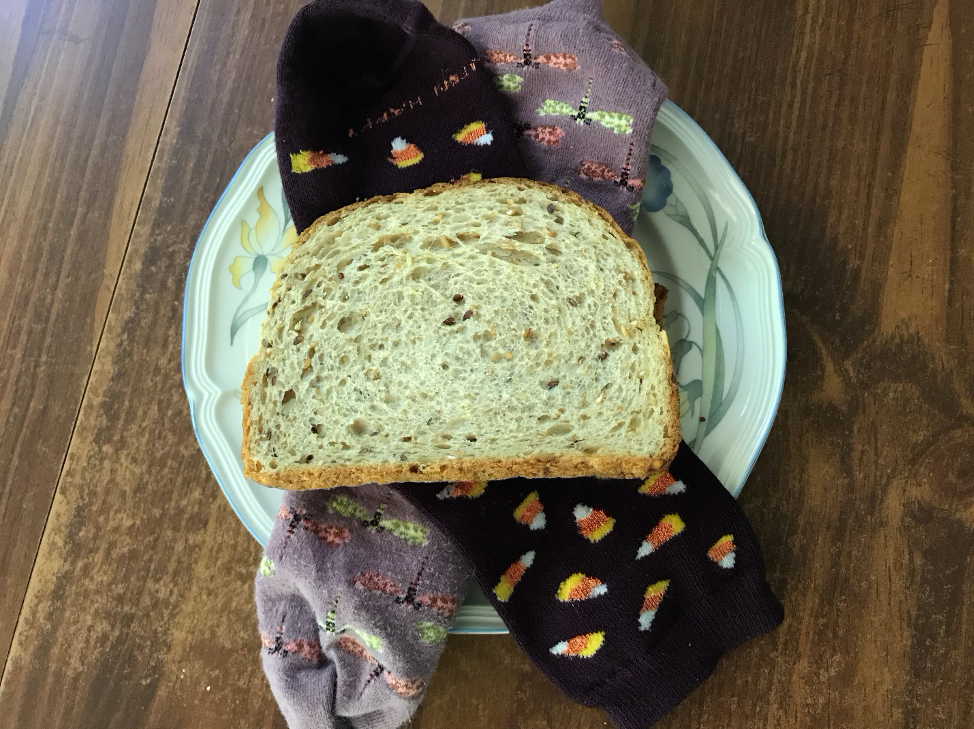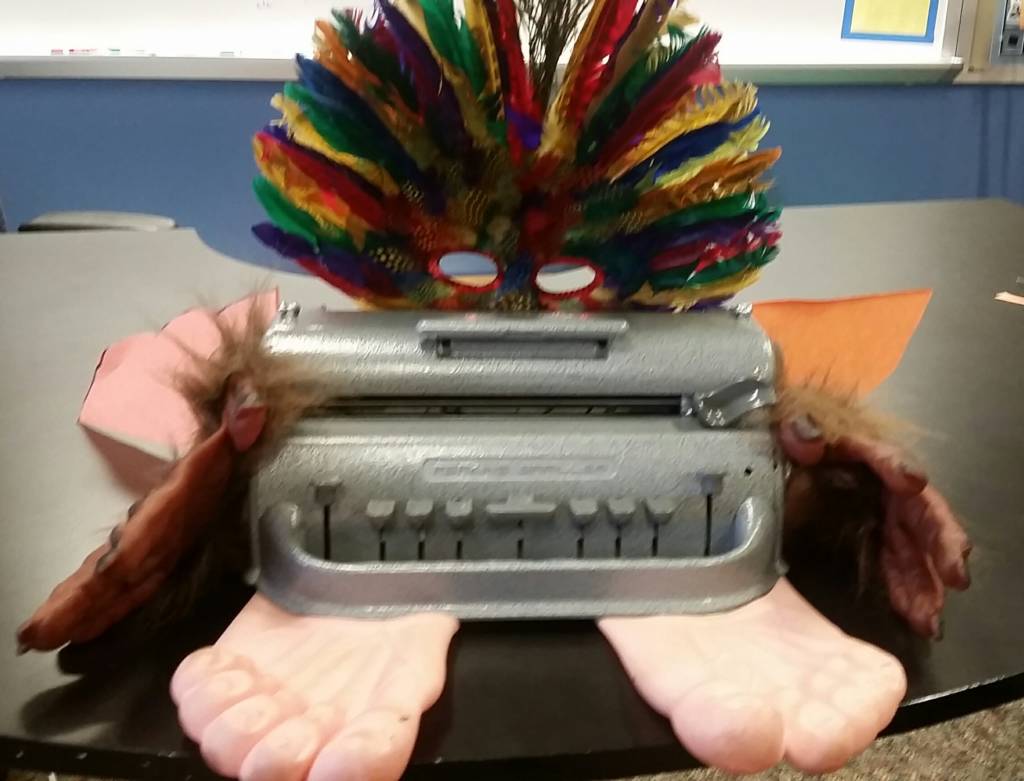By Jay Hiller, Speech Language Pathologist, Texas School for the Blind and Visually Impaired
A few years ago, I had a new student with deafblindness on my caseload, Gabby. I am a non-signer and had experience working with deafblind students and their interveners. However, this student was hard for me to connect to. She was easily distracted and I had to move therapy out of my office and into a relatively uncluttered space. (I’m not very neat.) I did not know her interveners well and my lessons with her felt uncomfortable and not much fun. I tried a number of things, none of which were successful and some of which were both time-consuming and expensive to implement.
She had a social language goal and she had an /r/ cluster goal (words like price, brown, fry, etc.). I had started to teach the /r/ cluster by writing short stories where I highlighted the /r/ cluster words for her to practice. She liked to draw, so I had her illustrate the stories. We moved from me pre-writing the stories to sharing the stories, first by writing Alice in Wonderland fan fiction in which we continued to target /r/ clusters, but also addressed other things she needed to know. In September 2017 we began a story called “Gabby and the Dogman” which is now over 800 pages long (36 point, single-spaced) and uses many of the playing with words techniques. Over the last 3 years, the story has been a vehicle for me to teach Gabby many things, including vocabulary and concepts she needs to know for her academic classes, vocabulary to describe emotions, taking the perspective of other people, negotiating with peers. There’s also been quite a bit of incidental learning of grammatical forms and social context. And for a long time I continued to use it for articulation by having her read what she had written out loud to me. Working with her on this has been fun. We have the real student-teacher connection through this activity that I was having such a hard time finding before.

Last May, I was talking with Gabby’s mother on the phone about something unrelated and she thanked me for my work on the Dogman story with Gabby. She said, she could see a difference in Gabby’s communication development. At one point in the conversation, she used the word “static” to describe the therapy techniques that had been used with Gabby in the past.
It was exciting that Gabby’s mother noticed a change in her. Later that morning, I made a chart comparing and contrasting the techniques I had tried earlier, which I described as focused on product and the Playing with Words technique, which I described as focused on process. In making the chart, I was trying to describe what it feels like to play with words. The last row of the chart is a metaphor I came up with in an attempt to do so.
|
Focus on Product |
Focus on Process |
| Static (Gabby’s mom’s adjective) | Dynamic (the opposite of Gabby’s mom’s adjective) |
| Discrete targets limited to only a few at a time | May start with discrete targets in mind. Other unpredictable targets may arise because of the interaction between the student(s) and the teachers. |
| Lends itself well to measurement; I gave you the opportunity to do this 5 times, you hit the target 3. | Although, it is possible to gather data on a goal or objective, there is additional student growth that may be harder to measure. The quality of the student’s communication improves. |
| The teacher or therapist might be thinking: How do these cupcakes look? Did we finish the cupcakes in our 30 minutes allotted time…and clean up? Do we have something pretty to show others? | A teacher or therapist might be thinking: I’ve got all this stuff to make cupcakes and the best thing that could happen is if an egg fell on the floor. I don’t care that we didn’t finish the cupcakes because my student was engaged the whole time. There’s frosting in our hair and that’s something else to notice and talk about. |
| Metaphor: The clinician reaches into the ocean of language and dips out a few drops for the student to work on. When she does this, she isn’t even thinking about the ocean. A good clinician will tell the student what he/she is working on and why it’s valuable. There is a strong possibility that the student is not going to understand the place the discrete target has in the ocean of language. | Metaphor: The clinician and student are playing together in the ocean of language. The whole ocean of language is moving around them and new linguistic forms and concepts present themselves all the time. A good clinician will tell the student what he/she is working on and why it’s valuable. Because the targets are presented in a medium that engages the student, there is a higher likelihood that he/she will integrate them into his/her linguistic system with an understanding of how it fits with other things. |
Return to Playing with Words homepage.
- How Do I Get Started?
- Pathway to Storytelling
- Getting Ready for Storytelling
- How Changing My Focus from Product-Based Teaching Techniques to Process-Based Teaching Techniques Changed the Outcome for My Student
- Props and Enactment
- Planning an Activity
- Reflecting on Instruction


